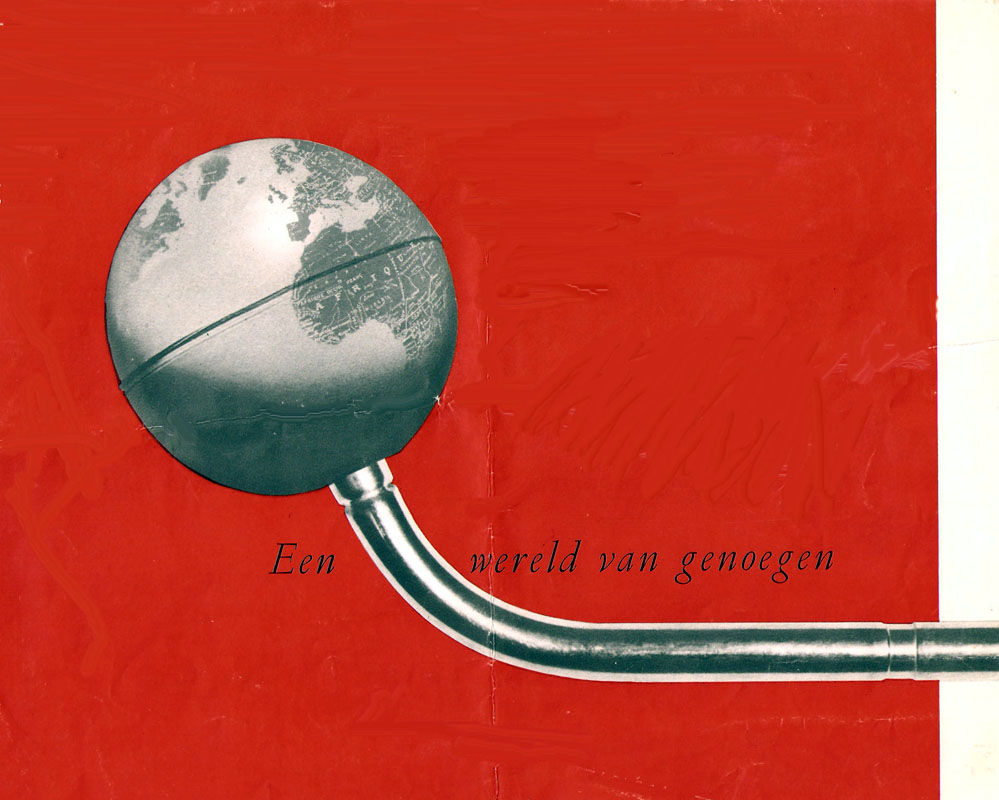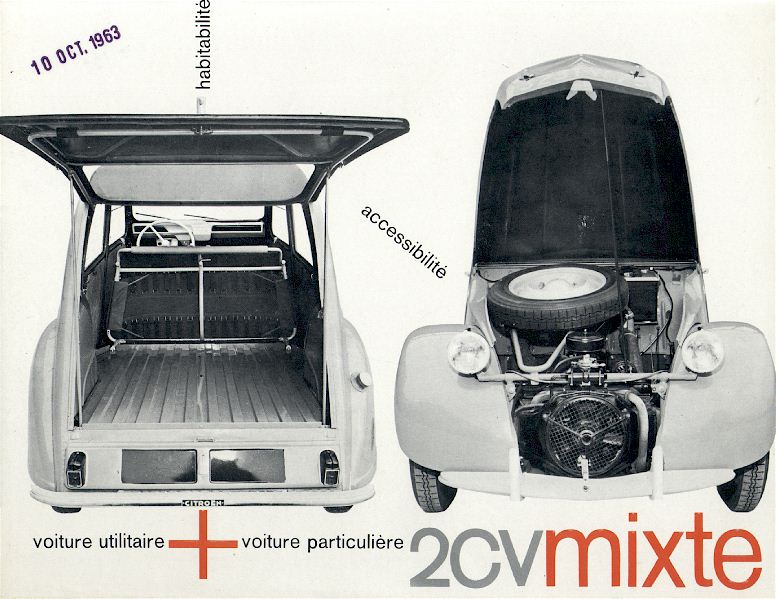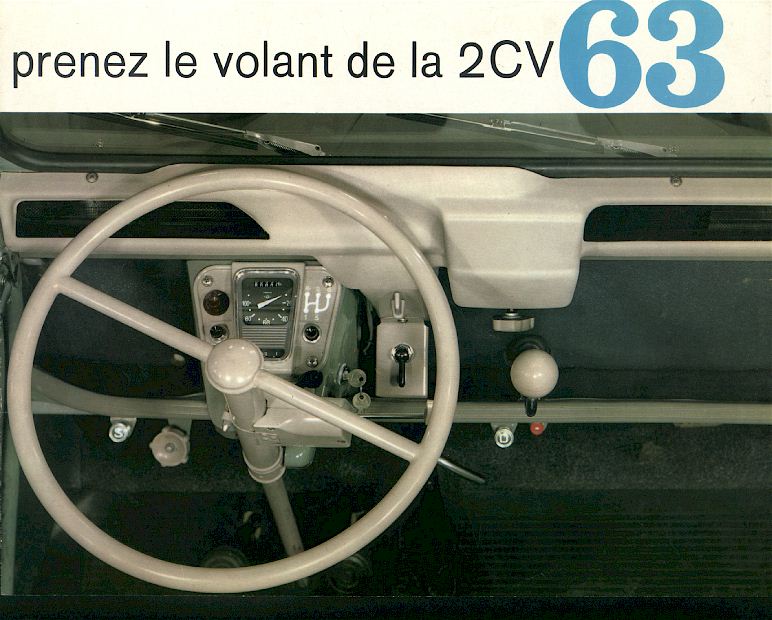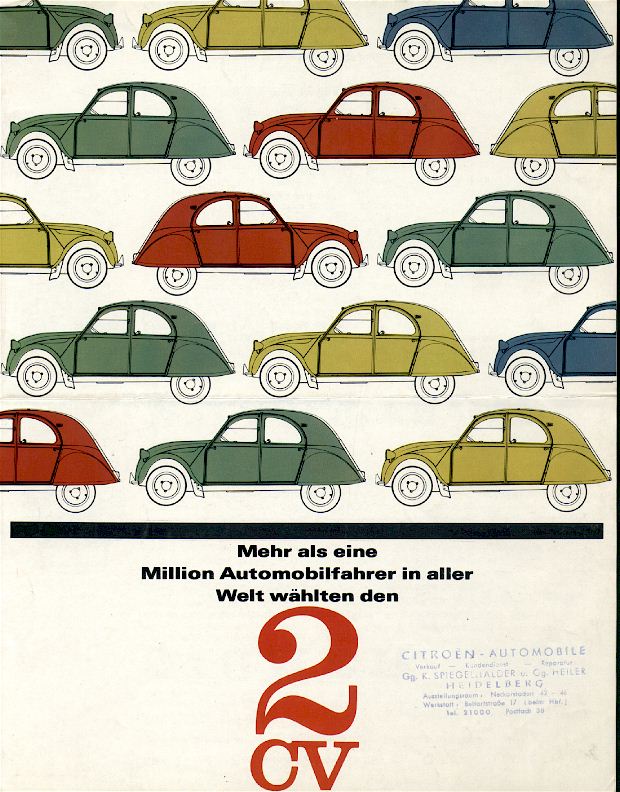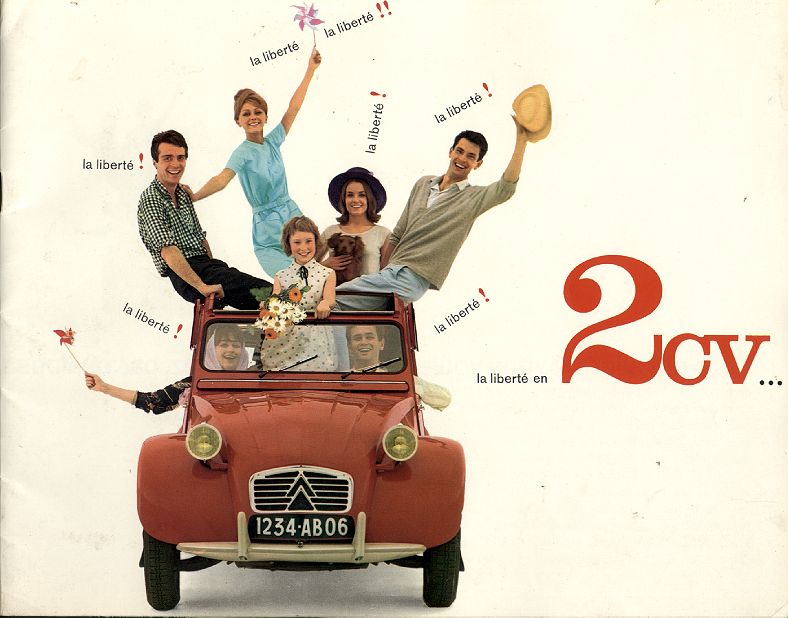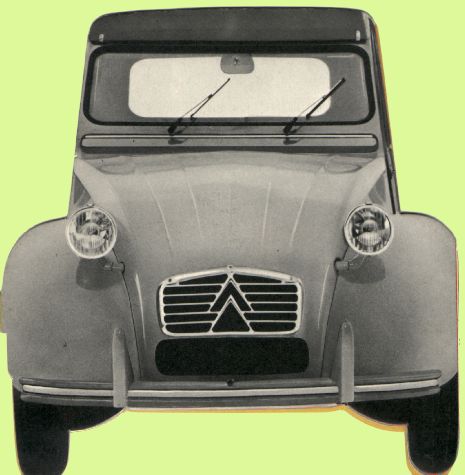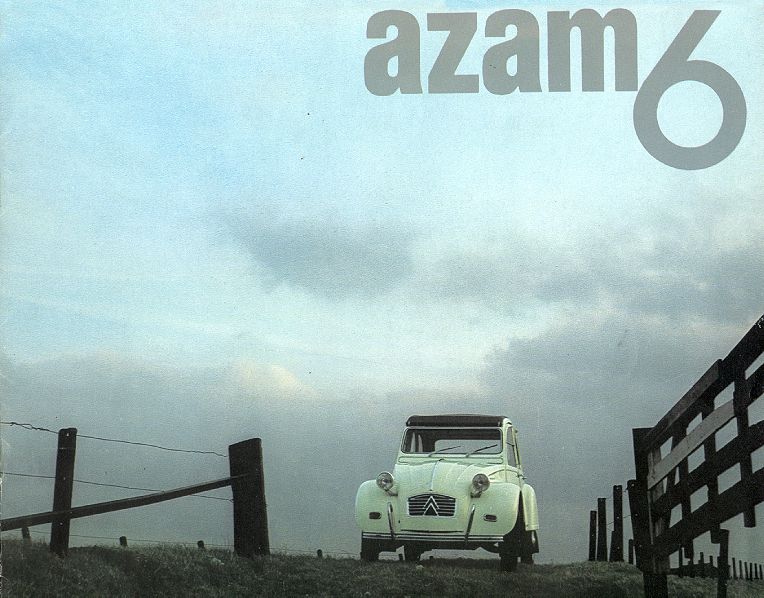| |||||
| |
Mona Hatoum
la Biennale di Venezia
بی ینال ونیز هم شروع شد. در هر دوره از بی ینال یک شعار هم اعلام می شود که تعریفی جهت دار از معماری و بیشتر با نگاهی رو به آینده از یکی از بهترین معماران است. موضوع این دوره به نظرم از بقیه خیلی بهتر است
1992 Architecture: Modernity and the sacred space (Paolo Portoghesi)
1996 Sensing the Future—The Architect as Seismograph (Hans Hollein)
2000 Less Aesthetics, More Ethics (Massimiliano Fuksas)
2002 Next (Deyan Sudjic)
2004 METAMORPH (Kurt W. Forster)
2006 Cities, architecture and society (Richard Burdett)
2008 Out There: Architecture Beyond Building (Aaron Betsky)
2010 People meet in architecture (Kazuyo Sejima)
.
"The idea is to help people relate to architecture, to help architecture relate to people, and to help people relate to themselves.", says Kazuyo Sejima
.
dazzle
Coudal (I think) linked to this the other day. It’s a collection of designs for dazzle camouflage applied to ships during the First and Second World War to confuse the silhouette of the ship and make it less likely to be targetted by enemy subs. I got a few silhouette images (from this rather odd and boastful page) and put them next to some of the designs, and you can see why the technique gained a lot of support. The designs would at least make it hard to identify what kind of ship it is, which might help if everyone did it…

So yes, that raises the question of effectiveness. I imagine in full sun it would be quite good - literally dazzling the eye, but in an overcast, at dawn or dusk, the ship would still be silhouetted quite clearly against the sky. So what were the results? From the site:
Did it work? Dazzle and the convoy system were implemented about the same time, so it is hard to say. However, crews on dazzle ships were very proud of the bedazzled camouflage. It was definitely a morale booster. The British and the Americans fully adopted dazzle because at the time they found it to be effective and inexpensive.RISD
Tests should be done! Still, however well they worked, they’re pretty fabulous. More ships should be painted like this, just, you know, because.

Annoyingly, the RISD only has these tiny images, and I can’t find anywhere to buy prints either. There is, however, a poster from Transport for London advertising the Imperial War Museum that shows an illustration of a freshly bedazzled warship, here.
Source : http://ministryoftype.co.uk/words/article/dazzle/
drawer
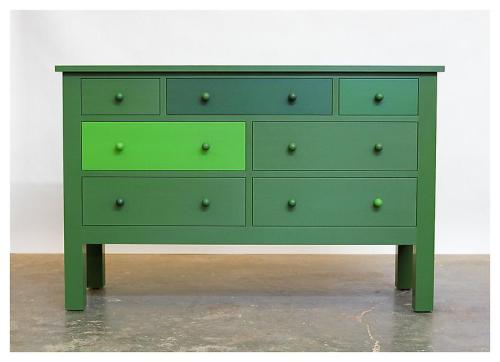
Roy McMakin, Untitled (Seven-drawer Chest in Green), enamel paint on eastern maple, 1998
“Roy McMakin is a designer, architect, and furniture maker, and his art, which draws on his knowledge of and experience in these disciplines, demonstrates a deep engagement with the artistic potential of domestic objects and environments.”
تابستان
تنهایم
مثل مرغ سفید دریایی
بر دکل کشتی.
عقربه ها به خواب رفته اند
باد در نوزیدن اصرار می کند
ابر در نیامدن
باران در نباریدن
و تابستان
کلاه حصیری بر سر گذاشته
کنار دریا چرت می زند.
رسول یونان
مطربان
| برای ضرب دست آهنین ده |
| تو همشان دست و پای راستین ده |
| توشان صد چشم بخت شاه بین ده |
| توشان از لطف خود برج حصین ده |
چو خوش کردند همشان آفرین ده
جگرها را ز نغمه آب دادند
| ز کوثرشان تو هم ماء معین ده |
که گویندت چنان بخش و چنین ده
شهر و شب
" دوستتر دارم به هر شهری که وارد میشوم شب باشد. آدم کمتر احساس غریبی میکند. شب و شهر در غیاب آدمها و روزمرگیها جلوه دیگری مییابند و فارغ از شاخصههای قومی و جغرافیایی، مثل همهجا میشوند. آدمها با قصههایشان به درون خانهها میخزند، تازه قصه شبانه شهر آغاز میشود. خیابانها، درختها، پنجرهها، کوچهها و تیرهای چراغ برق در هر شهری که باشند، دیر آشنایت هستند. فقط کافی است شب شود تا در پسزمینه مشکی گسترده در همه سو، برایت جلوه کنند و بیرون بزنند و معنا بیابند. در شب پهنه بی آمد و شد خیابانها و کوچهها، بستر روابط نامرئی میان حضور غایب آدمها، اشیاء و ساختمانهایی است که با یکدیگر به زبان رنگ و نور در نقل و سخن برآمدهاند. فقط کافی است شب شود."
شهریار توکلی
| | ||
status of architects
Advertisements for Architecture 2010 Competition

OpenHAUS and DARCH invites design professionals and design students to create an ‘Advertisement for Architecture’. The most outstanding of these entries will be exhibited at the award winning Surry Hills Library and Community Centre in Sydney, Australia for the Sydney Architecture Festival 2010, 20 October to 7 November 2010.
Entrants are invited to submit an A0 advertisement that reflects upon:
- Where we would be without architecture.
- The status of architects as cultural iconographers, determinants of the built environment, image-makers and visionaries.
- The changing role of the architectural profession over the 20th century and into the present millennium.
- The creation of desire for architecture.
- The promotion of a greater awareness of the role of the architectural profession both culturally and socially.
.
شهر و خاطرات

از جلیل دوستخواه مجموعه جالبی به نام خاطرات شهر در مورد شهر اصفهان در نشریه نظام مهندسی استان اصفهان چاپ شده که آنرا در سایت انسان شناسی و فرهنگ یافتم و بسیار دلنشین بود
اینجا می توانید متن کامل آنرا دریافت کنید
زنده گی
جدی بگیرش
کاری که فی المثل یک سنجاب می کند
بی اینکه از بیرون و آ ن سو ترک انتظاری داشته باشد
تو را جز زیستن کاری نخواهد بود
زنده گی شوخی نیست
جدی بگیرش
اما بدان اندازه جدی که
تکیه کرده به دیوار فی المثل ، دست بسته
یا با جامه ی سفید و عینکی بزرگ در آزمایشگاهی
بمیری تا دیگر آدمیان بزیند
آدمیانی که حتی چهره شان را ندیده ای
و بمیری درآن حال که می دانی
هیچ چیز زیباتر ، هیچ چیز واقعی تر از زنده گی نیست
جدیش می گیری
اما بدان اندازه جدی
که به هفتاد سالگی فی المثل ، زیتون بنی چند نشا کنی
نه بدین نیت که برای فرزندانت بماند
بل بدان جهت که در عین وحشت از مردن به مرگ باور نداری
بل بدان جهت که در ترازو کفه ی زنده گی سنگین تر است
ناظم حکمت
ترجمه : احمد شاملو



